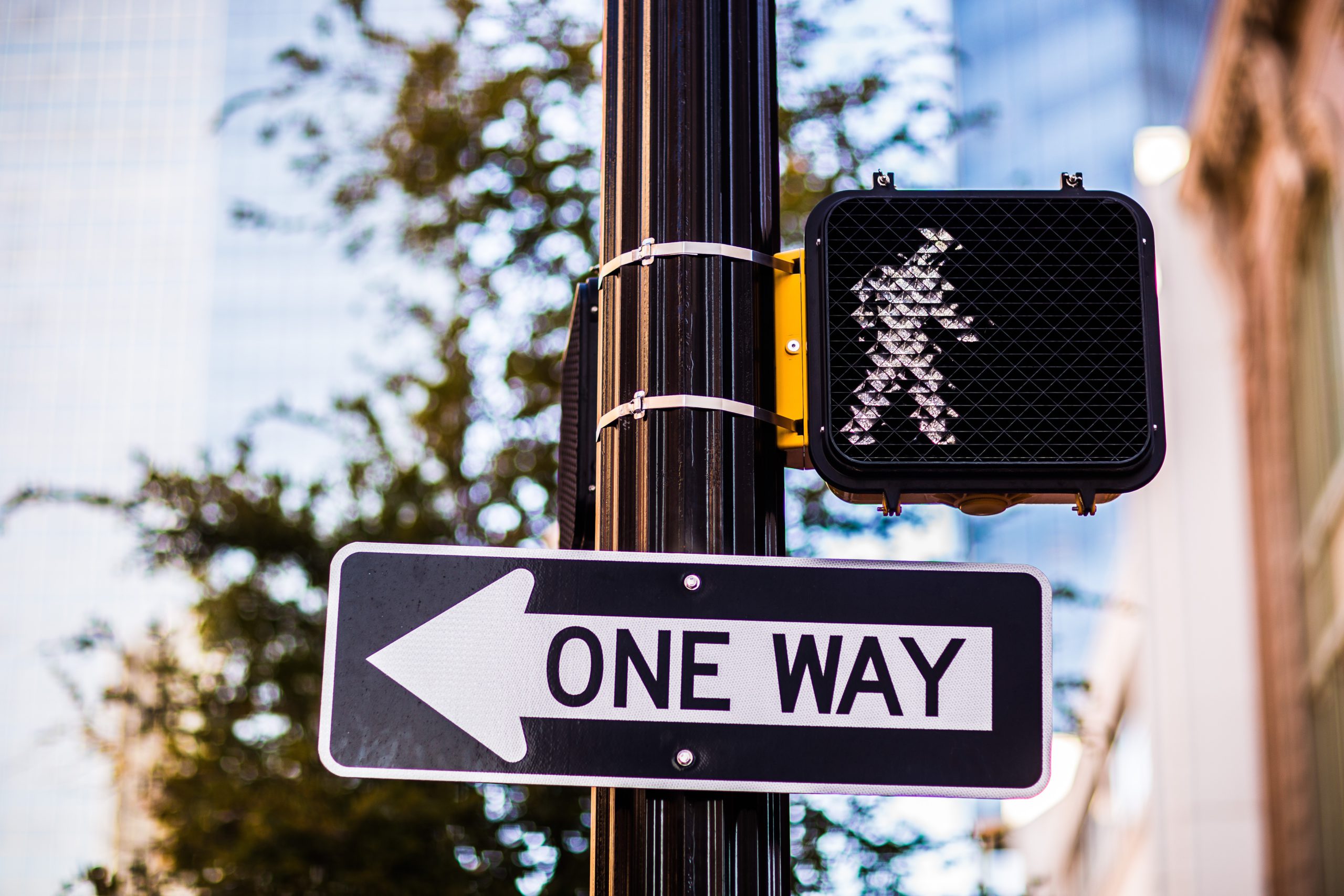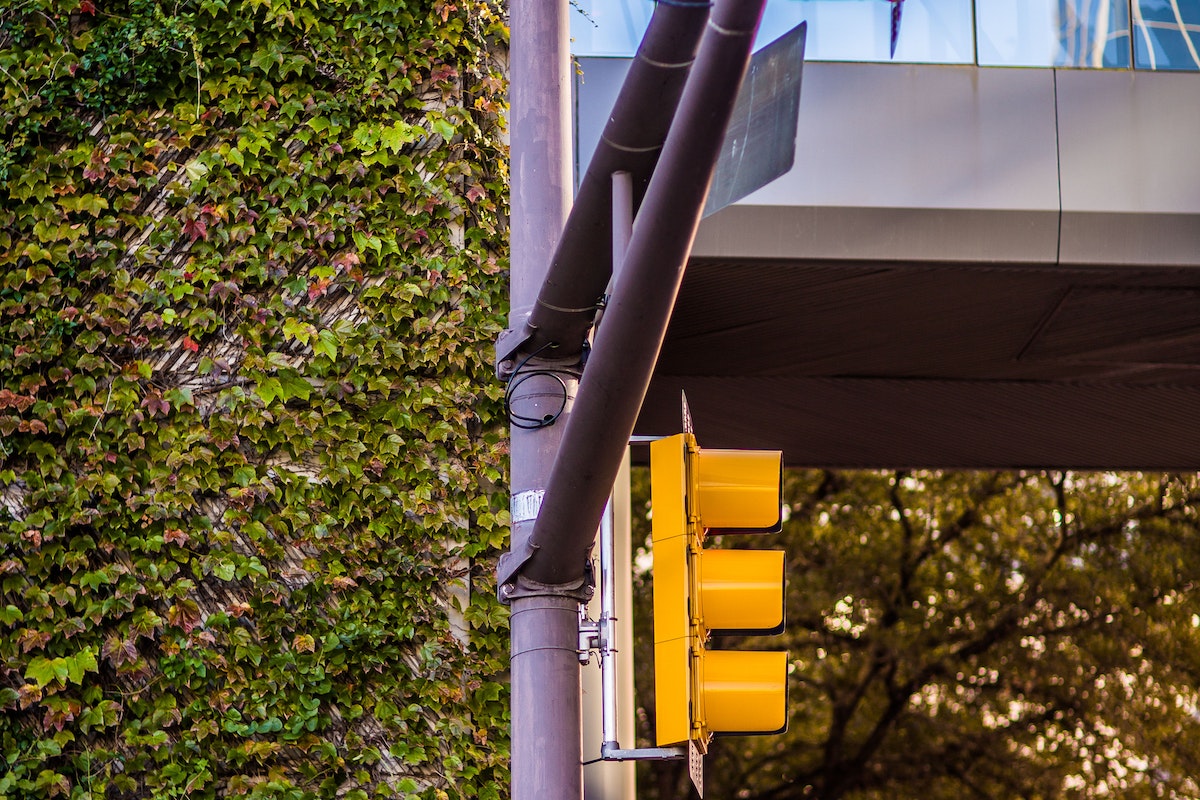In this study, the authors discussed issues and challenges faced by the present-day traffic signalling system, as well as how this would be transformed into the next-generation traffic signalling architecture using modern wireless communications technologies. The next generation of traffic signal boards is likely to be digital, with advances in vehicles and technologies. One thing is for certain, the driving public will not be driven anymore by stationary, fixed traffic signs; instead, they will be cameras-based, smarter driving signal boards.
Future roads will be made smarter, less signage-based, safer, and more communicative. Future intelligent transportation is all about intelligent vehicles, signs and roads. The goal is to bring smart-car tech to a new level, moving traffic signals off the street and putting them in the vehicle. Road signs in the future could even be used to relay vital data to driverless cars.
In this research, a system to warn drivers of the presence of traffic management signage was developed and tested using a smartphone. Several studies have been conducted in the area of road safety using devices in the car for detecting and recognizing signs. Few studies have used mobile device wireless local area network (WLAN) technologies to provide information on traffic signs.
Katajasalo and Ikonen used wireless transmitters fitted to traffic signs to transmit traffic sign information to drivers via a WLAN mobile device inside a car. Information on a traffic sign in front was transmitted wirelessly to drivers using two units. Using this system, drivers were notified of the next road sign a certain set distance in advance of encountering that sign.
When the distance of a road sign was determined to be within 250 meters, a voice warning was given to the driver. Then, the receiving device located inside the vehicle will receive a wireless sign signal and warn the driver of this (either by speech or a display).
Through microchips, microchips, and radios, signs wirelessly communicate data to drivers and autonomous cars. When vehicles approach such a sign in a roadway, critical information is communicated to its drivers through its dashboards or heads-up displays.
Signboards are used to notify and alert traffic users about several things. Sign boards are most useful in the enforcement of traffic laws, such as turning, speed limits, parking, and stop signs. The importance of traffic sign boards cannot be ignored because they play a major role in traffic safety and ease our lives. In the United States, road signs are the go-to signs built for human drivers, mounted on top of stop signs and signal lights.
Article Content Sure, such signs typically contain crucial information that should inform drivers, but in an era of digital navigation and cell phones, sometimes we have these crucial bits before even looking at a sign. Despite the existence of traffic signs along the majority of Tanzanian highways, currently, no ICT-based systems exist to inform drivers beforehand and in real time of the locations of these traffic signs. These smartphone features could be used to give information about road sign locations, vehicle speeds, and the time required to arrive at an ahead road sign.
 Multiple digital wireless road signs may be present in a roadway, so signal directionality is important since signs are intended for vehicles that are approaching. Heads-up display Digital communications for traffic signs and signals inside a car requires a method whereby a driver can always have their eyes on the road — as they would while reading analogue traffic signs. Unlike physical road signs, the traffic rules are continuously visible through HUD, so that the driver cannot miss any signals, and he does not need to look for them on purpose anymore. Since human drivers will still exist, despite the digital, direct vehicle-to-vehicle communications, a traffic management system should still at least have the ability to communicate traffic instructions visually to a human driver.
Multiple digital wireless road signs may be present in a roadway, so signal directionality is important since signs are intended for vehicles that are approaching. Heads-up display Digital communications for traffic signs and signals inside a car requires a method whereby a driver can always have their eyes on the road — as they would while reading analogue traffic signs. Unlike physical road signs, the traffic rules are continuously visible through HUD, so that the driver cannot miss any signals, and he does not need to look for them on purpose anymore. Since human drivers will still exist, despite the digital, direct vehicle-to-vehicle communications, a traffic management system should still at least have the ability to communicate traffic instructions visually to a human driver.
A necessary consequence of this ability of dynamic guidance is to completely remove all the physical elements of traffic guidance, such as traffic signals, traffic management solutions, and road signs, that are standing in the way of digitalization. The digital redesign would entail the crucial alteration of right-of-way, previously controlled by traffic lights, traffic signs, road markings or Right-to-Leave regulations.
Our roads are going to look radically different in the not-so-distant future, and as such, road signs that have stood the test of time date are going to have to change. Based on the research and development efforts underway, we can all feel pretty confident that intelligent road signs will see widespread use in the years ahead. It is estimated that in-car signals will completely replace physical signs by 2028, explained Zenzic Director of Innovation & Technology Richard Porter. Drivers, for instance, will be unable to deny or ignore signs to traffic enforcement officers, because received, voice-narrated signs will be recorded as evidence in the car’s ADA customer system, and on the car’s black box, too.
Driving a speed exceeding a posted speed limit would violate traffic laws, and a digital wireless signpost would alert a traffic ticketing system, which could then directly issue the driver with a traffic ticket, over cellular connectivity.
A wave of cell phone detection cameras along our roads will almost certainly have a psychological impact on drivers, encouraging them to put phones away for the duration of the trip. Electronic signs along the Interstates in the metro area vary depending on the amount of traffic, or wrecks that might interfere with your commute. ATLANTA – Electronic signs along metro interstates help you figure out how long it takes to travel from one place to the next, and the technology used to figure out how long it takes you is getting more complex. The Intelligent Transportation System does the sorting of traffic signals similar to the road-control system, but with far more personalized targeting.
From melodic roads, the advent of car-to-car communications, vehicle-to-vehicle communication networks, electrified roads, power collection by roads, intelligent junctions, autonomous roads, their cooperative emergency assistance, methods to detect driver behaviour, intelligent streetlights, and digital wireless traffic signals.
